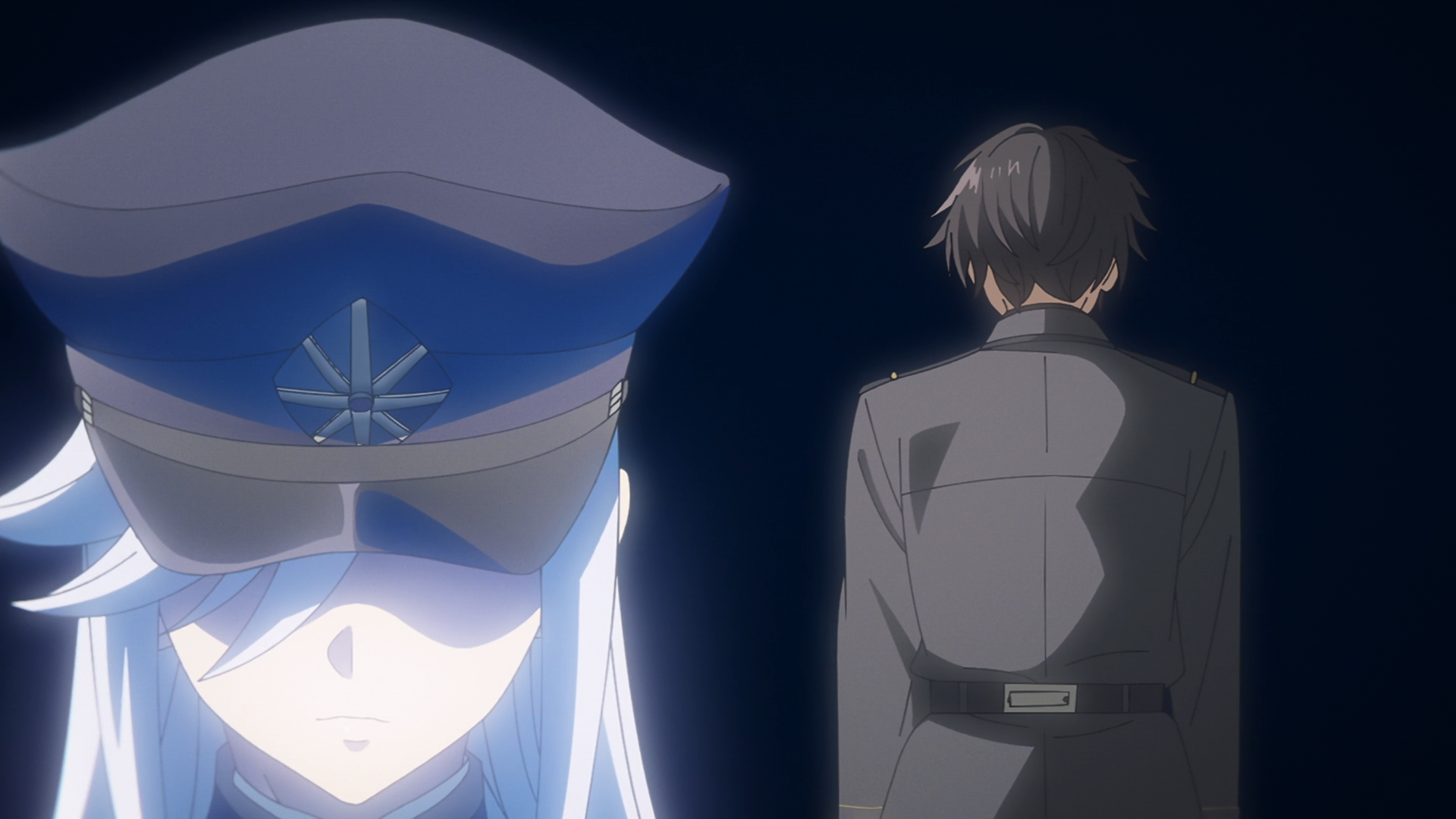
Thirty years ago, split-cour anime weren’t a thing. Thirty years ago, anime would have between 20 and 200 episodes on their television airings, and yet the credits list to each episode was substantially smaller than currently. But why?
It’s common knowledge, now, that the industry is suffering, which is largely due to corporate greed: the executives want more profit, they order more anime, they don’t let creators have the time and money to do their work, they don’t let creators have control over their work, and this causes people to leave the industry, and then there aren’t enough people to cover how many shows are coming out, and so forth.
But back then, creators had a lot more time to do their work (well, more often than nowadays), and they certainly had the resources. That, of course, let a lot of animators animate, direct, and storyboard entire episodes by themselves all the time, and it allowed for longer series to run more consistently, and they didn’t have to rely on the idea of a ‘split-cour’.
Urusei Yatsura aired for a total of 195 episodes, and more often than not: the episodes were consistent in quality. With the announcement of David Production‘s new four-cour re-adaptation of the manga, criticism has come their way, for good reason. David Pro, of course, is a relatively medium-sized studio, but they’ve only got a hundred or so employees, and they’ve got about 6 production lines– which get hardly any breather time, and are being produced a bit too quickly, which causes mistakes in animation to occur much more frequently, which is what happened with JoJo’s Bizarre Adventure: Stone Ocean.
So why is a full-year four-cour anime bad? Because the staff can’t handle that level of work without drastic measures being taken, which even then might not help it at all, and it shows why split-cour (aka when you see part 1 in winter and part 2 in fall) anime are becoming much more common.
Split-cour anime allow studios to have some breather time and get back on schedule when a single cour of anime already is kicking them in. Famously, WIT Studio had a very hard time producing Attack on Titan, and to mitigate the effects of a two-cour (meaning, all 22 episodes continuously) anime destroying their production, they split it into two parts– thus, split-cour. Now, the final part of WIT’s Attack on Titan did still suffer from production issues, but splitting the season into two parts was much easier on the staff, and helped maintain the quality.
More recently is an example of split-cours not working: 86: Eighty-Six. The series has a phenomenal staff who are very passionate and ambitious about their work, but there’s a problem: they’re not a particularly large team, and they didn’t get proper scheduling placed on them by the production committee. So, while they were allowed to split the season, the latter half eventually started to fall apart because of that schedule not working to their advantage.
So, to answer the question as to why split-cour anime are popular now: it’s because they’re much more stable productions than two-cour anime tend to be. A two-cour anime, in order to be successful, needs a powerful team with a good schedule. Notably, David Production‘s Fire Force had good scheduling and a powerful team for not just one, but both seasons, and lead to incredible results, and a very stable production.
But that’s rare, and the unfortunate reality of the industry is that it can be cruel, and it most definitely is, to its creators.
Hope exists, though, where the fruits of passion blossom.
Featured image: 86: Eighty-Six, ©2020 安里アサト/KADOKAWA/Project-86
The Rise of Split-Cour Anime
Source: Cebu Otaku

0 Comments